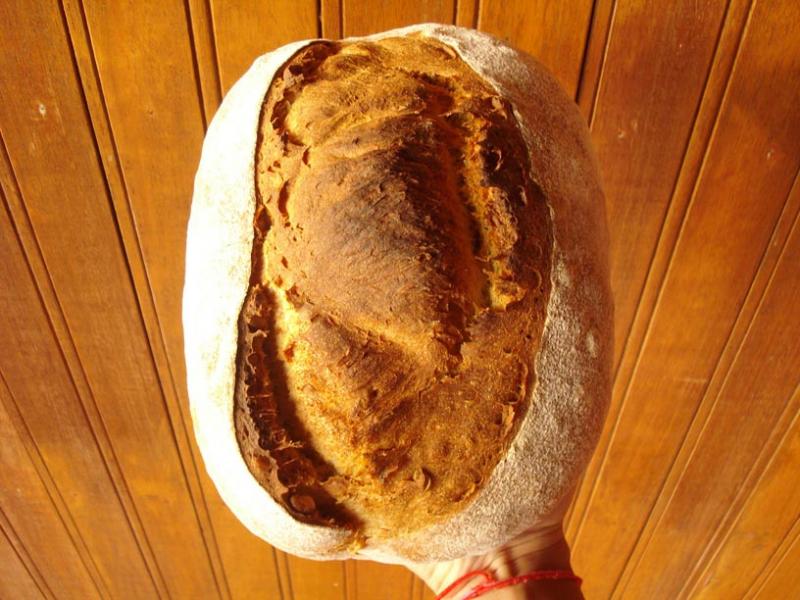Failure at the Weekend Craft Market

Several months ago I took a risk and plunged. I opened a microbakery focusing on central European-style breads... in Cambodia, Southeast Asia. Crazy, ain’t it? Prior to that, I was just an amateur baker, with a mediocre office job, who was obsessed with sourdough.
Anyway, during the last 2 weekends I sold my breads at a local craft market. So far we haven’t done too well, but before I get into details let’s fill you in on what we’ve been doing to stay afloat.
Caution: Photos of delicious German food ahead.
- Log in or register to post comments
- 12 comments
- View post
- bakingbadly's Blog


